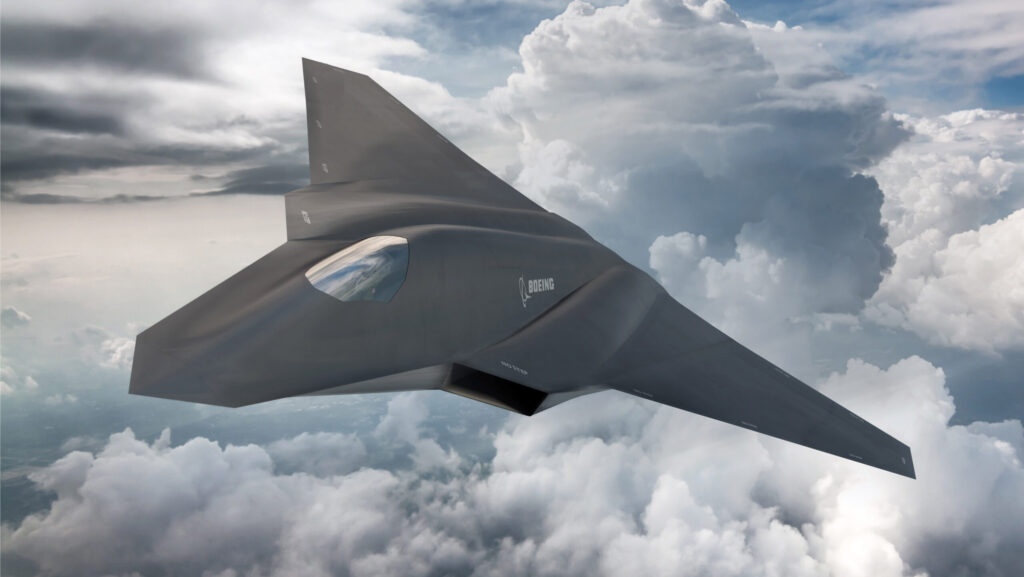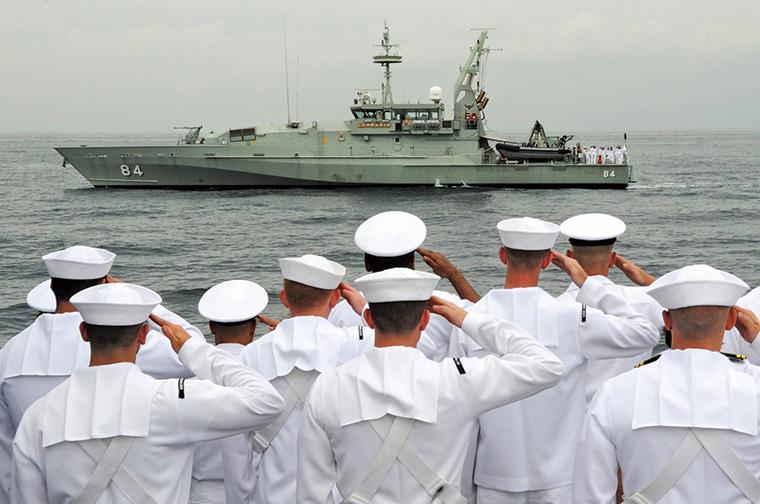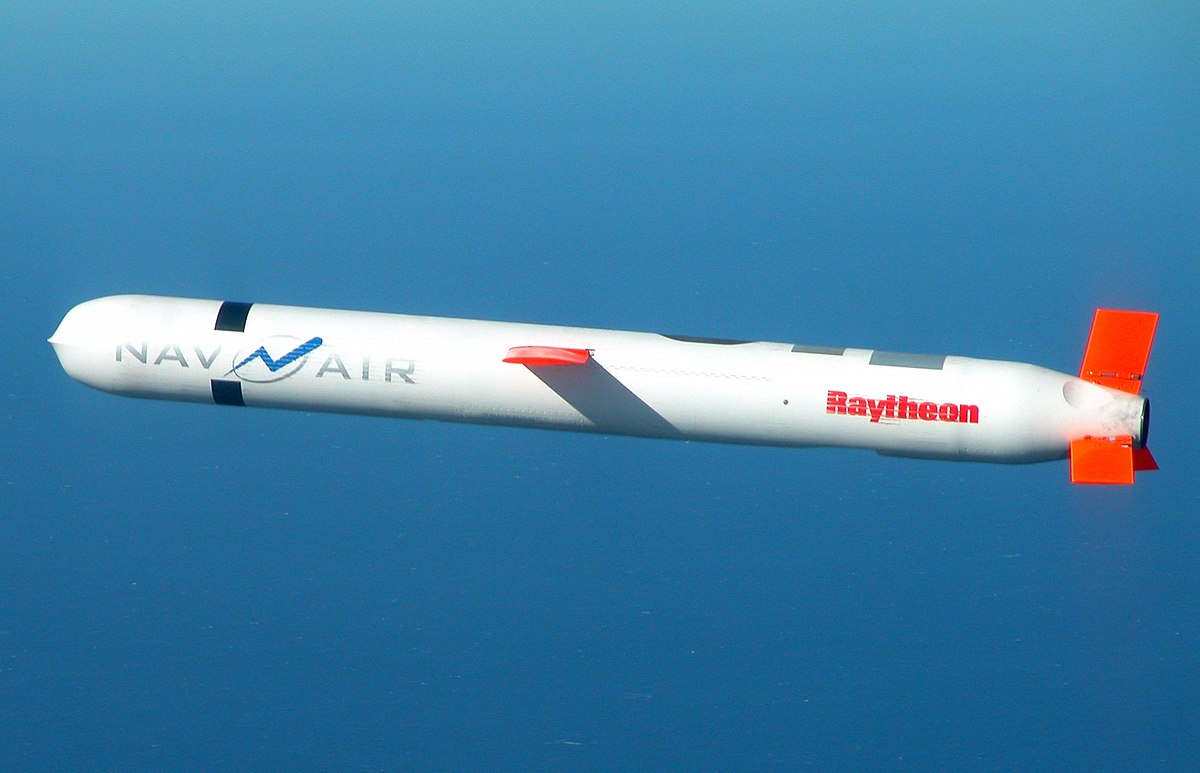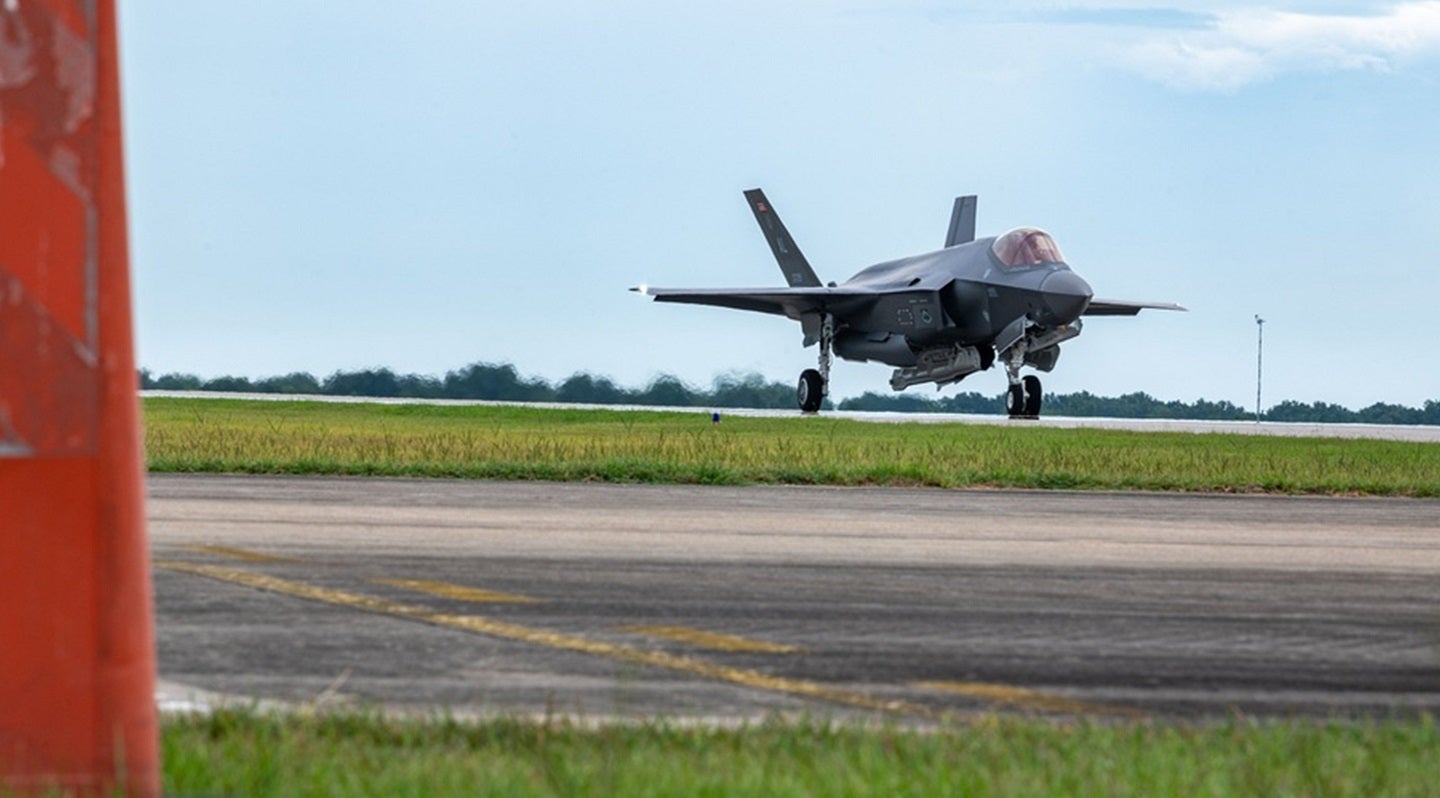Richard Aboulafia, an aerospace analyst with AeroDynamic Advisories, said the focus on the cost-element of Kendall’s comments is burying the more significant acknowledgement from the Air Force — that it no longer needs a “super fighter” like NGAD and is more interested in disaggregating capabilities and networking them together.
Which raises the question about whether it needs a manned fighter altogether if it can just put those capabilities into drones, said Aboulafia, who joked that the Air Force may be “quiet quitting” the NGAD program.
“The idea of backing away from a next-gen super fighter is just anathema to the service’s DNA,” Aboulafia said. “There’s no doubt about its utility in all military scenarios… it’s the formula that’s always worked. No drawback at all, except, oh Jesus, it costs $300 million. And we don’t want to spend that because you’ll never get the mass you need.”







